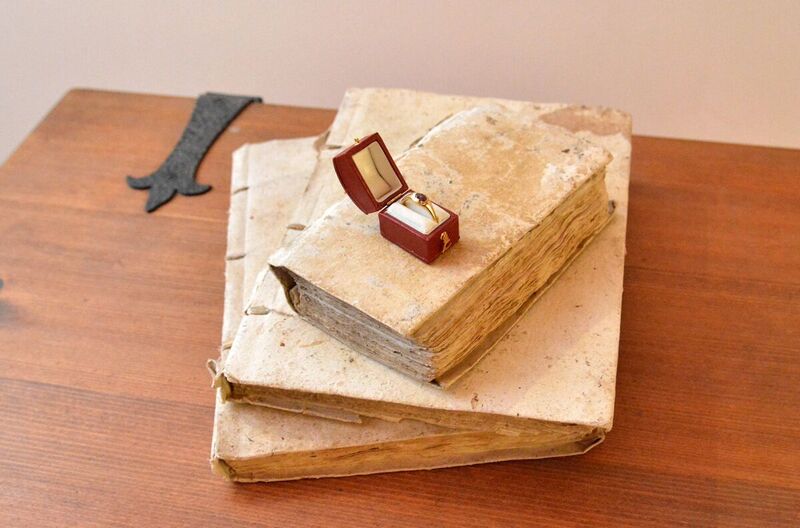House of Marin Držić, Dubrovnik (Croatia)
Historical and mythic stories of Marin Držić, Croatian writer from 16. century. Marin Držić is the greatest Croatian playwright and comedist of all time, one of the most eminent Croatian writers in history, as well as one of the key authors of the European Renaissance comedy. He was born in Dubrovnik in 1508. He lived partly in Italy, partly in his hometown, and mostly somewhere in between, travelling around Europe, from Vienna to Constantinople. He died in Venice in 1567, where he was buried in the Basilica of Saints John and Paul, better known as Zanipoli.
Marin Držić’s dramas ran through many printings and were translated to numerous languages, and his most famous comedy Dundo Maroje was performed in Australia, Austria, Bulgaria, the Czech Republic, Denmark, Finland, France, Germany, Great Britain, Hungary, Italy, the Netherlands, Romania, Slovakia, Sweden, Turkey and the USA.
He died when Shakespeare was three.
Molière was born a whole century after.
A century and a half passed from his death until the appearance of Carlo Goldoni.
The House of Marin Držić, Dubrovnik institution in culture, was founded in 1989 and dedicated to the life and work of this great Croatian playwright and comedist. The permanent display of the House was conceived as a place of memory of this Dubrovnik Renaissance writer, who thanks to his multiple journeys, mainly to Italy and then to Vienna and Istanbul, was close to the European cultural heritage, but his whole literary work was based on the tradition of his city-state, where his roots go back to, as well as on the encouragements and influence of his contemporaries who had settled in Dubrovnik.
The toponyms of Marin Držić’s life are here interpreted by different techniques: years of his biography (1508 – 1567) at the staircase, family and genealogical tree, Držić’s conspiratorial letters, reconstructions of object collections on the basis of Držić’s promissory note, references to the author’s theatre characters through costumes, modern audio-visual projections, all that in an attempt to transform the place where Držić had passed some of his time to a place of inspiration for the visitors of the House.
Some of the imaginative “stops” of the permanent display take us back in space and time, clearly illustrating the life journey of a remarkable person.
Apart from theatre programmes, posters and photographs based on Držić’s works, the museum collection of the House of Marin Držić is comprised of portraits of contemporary painters, small format sculptures and objects of applied arts.
The activities of the House of Marin Držić are: collection, studying and further enrichment of theatre studies material, presentation of the collected theatre documents, posters, programmes and photographs of the staged Držić’s works in Croatia and around the world, technical and scholarly analysis and systematisation of the collection of the theatre and museum documents regarding Marin Držić’s life and work, permanent protection of theatre studies material and documentation, their direct and indirect presentation to the public by means of permanent and occasional exhibitions, publication of data and comprehension of theatre studies material and documentation by means of technical, scholarly and various other programmes concerning business activities, organisation of the technical library and publishing.
The space of the House adjacent to the Domino Church at Široka Street was designed in the following way: there are two areas on the ground floor (the entrance hall with the reception desk and the introduction to the permanent display) and the so called “crypt”, a room for art and thematic exhibitions, workshops, book promotions and other activities.
The permanent display depicting the life and work of the great Croatian playwright stretches through another two floors.
http://muzej-marindrzic.eu/en/biography/
http://muzej-marindrzic.eu/it/la-biografia/
facebook.com/dommarina.drzica

